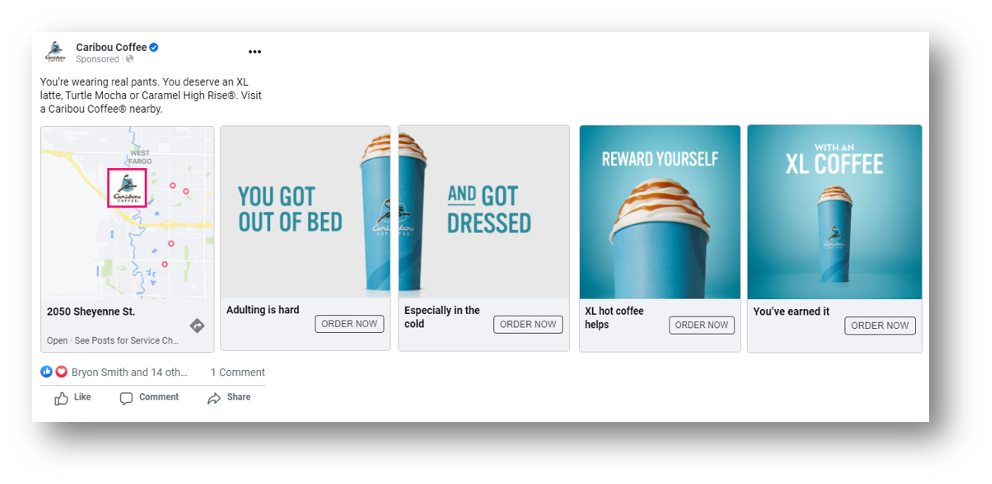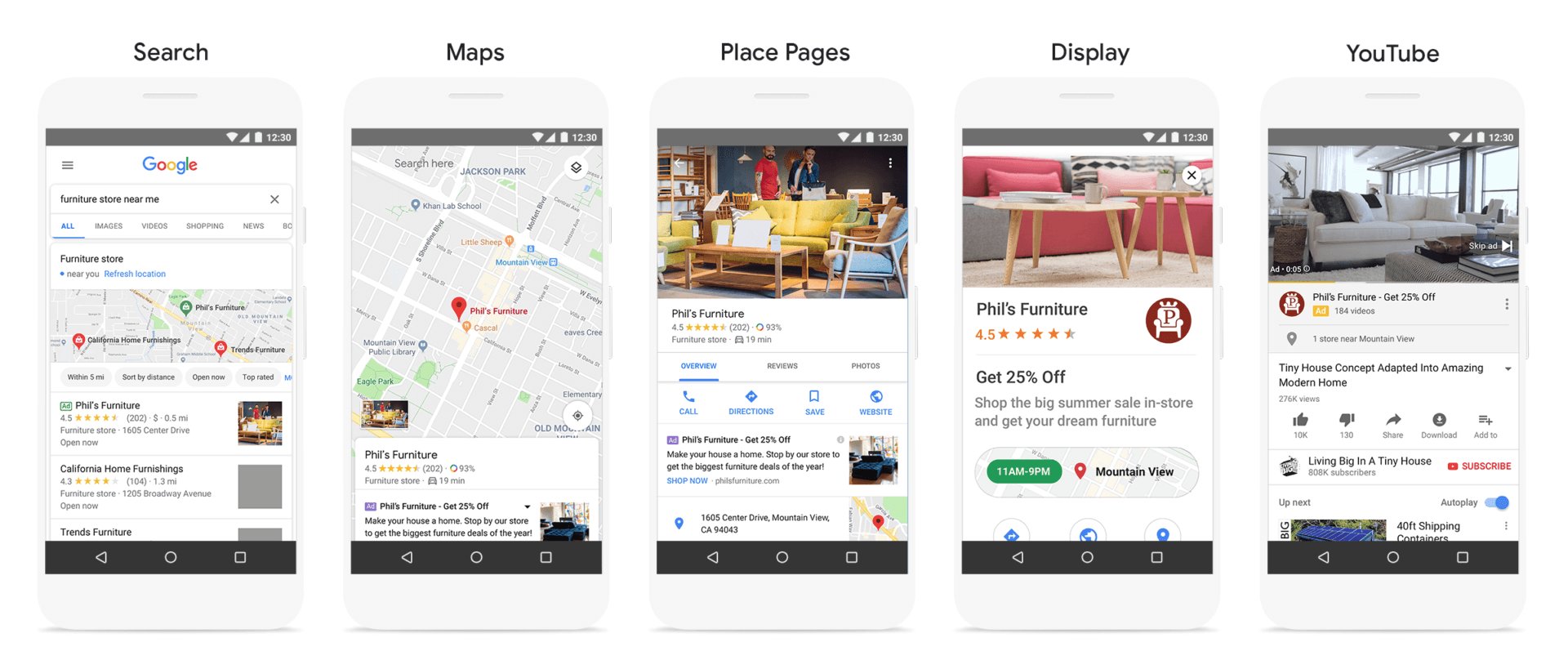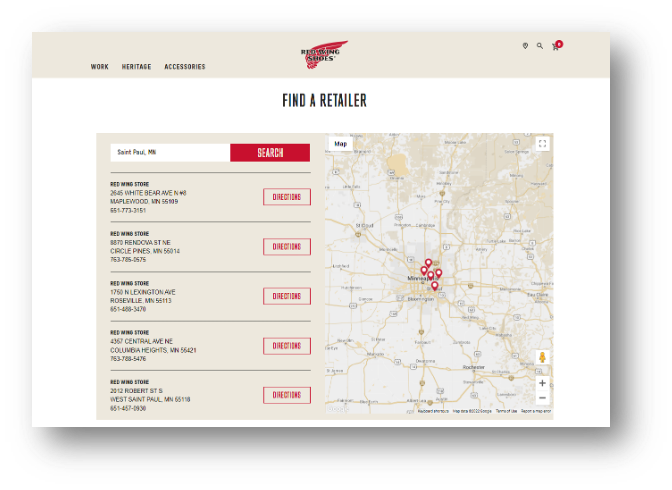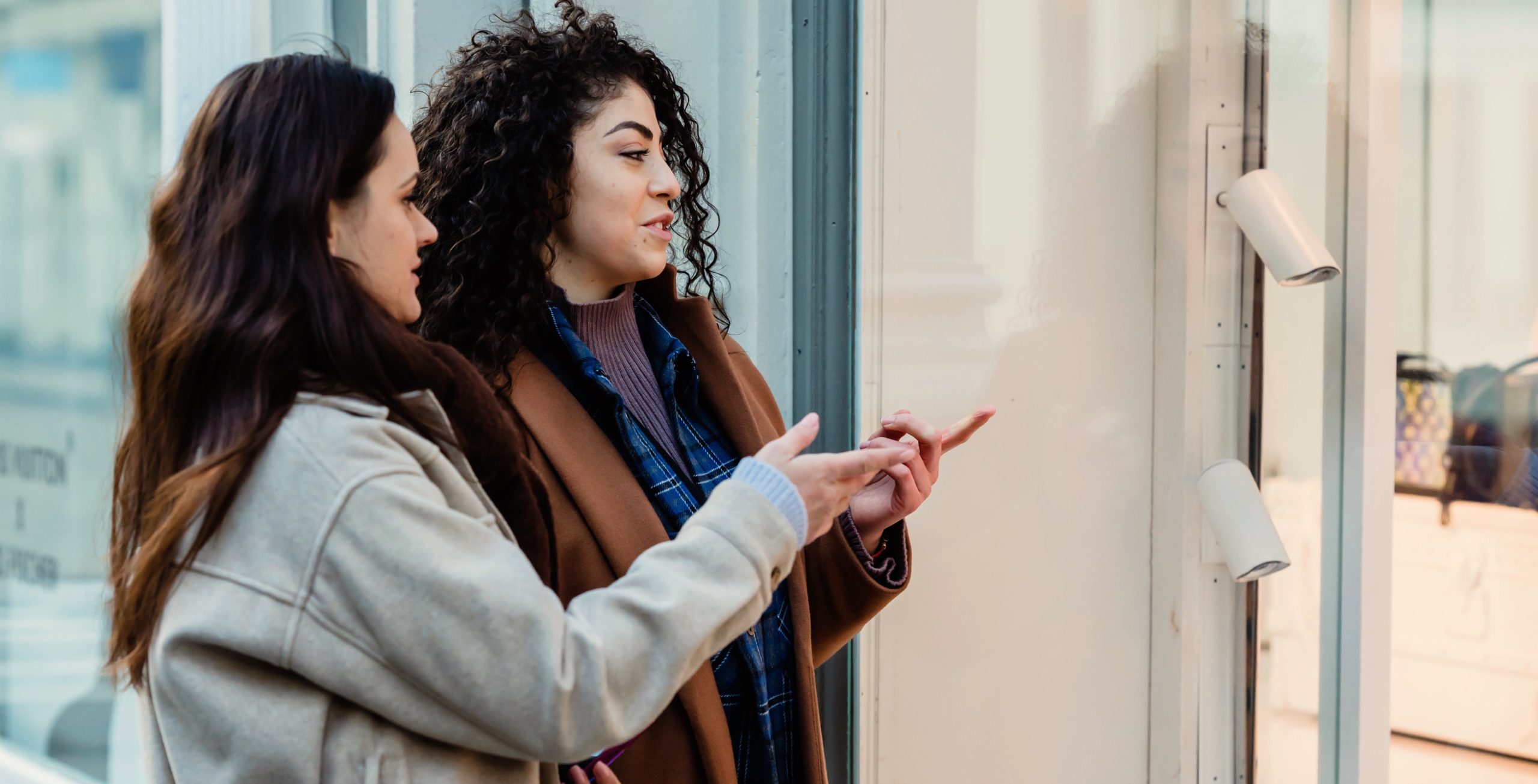2020 shook the world. Ten years of innovation took place in the matter of months. Consumer’s expectations and needs shifted more dramatically than ever before. And brands either showed up to meet their expectations or struggled to survive. Along with the obvious move to online and buy online, pick-up in-store (BOPIS) shopping behaviors, people started to prioritize brands that resonated with them on a deeper level—especially those with a connection to their local community. Enterprises had the upper hand with more robust technology stacks, fleets of drivers and deep funding to make the major shifts necessary to get online—quick—and appeal to the demands in convenience. But smaller shops with the promise of supporting the local community won in the humanitarian category.
Are people really willing to pay a premium for local, community-focused brands and products?
Significant research from Ernst & Young on ‘post-pandemic’ behavior, predicts the emergence of five unique consumer segments. One of the largest segments, the Cautiously Extravagant consumer, say they respond strongly to purposeful brands. In fact, 62% of them say they’d be more likely to purchase from a company that they feel is doing good for society. And 29% would pay a premium for brands that contribute to the community. These shifts in shopping behavior is supported by research done by Accenture and Brightpearl as well:
- 56% of consumers in 2021 are patronizing neighborhood stores and buying locally sourced products (Accenture)
- 75% of consumers surveyed plan to shop more locally over the next year (Brightpearl)
The pandemic has certainly propelled consumers to reflect on their spending habits, the way they rely upon their communities, and societal support. In turn, consumers are being, or promising to be, more intentional with putting their money where their mouth is.
How can a national brand provide local community support and appeal?
Let us start by acknowledging that it is supremely important for a brand to find causes and local connections that are meaningful and something the company can stand behind. Doing to ‘societal good’ for the sake of PR and marketing strategies alone simply won’t cut it. A great local retailer, Target, gives back to local communities through donations (5% of profits) to organizations near their individual retail locations. This commitment by the corporation, upheld and executed locally, adds credibility and demonstrates community connection even for a ‘big box’ retailer. So, first and foremost, make the corporate commitment to have an active local community presence. Next, you need to start to show up locally in a meaningful way through your marketing programs.
I have 500 brick and mortar stores – how do I manage local campaigns for all of them at scale?
With a smart approach backed by the right platforms and technologies, activating campaigns at a local level nationwide is very achievable. Marketing technology has become much more sophisticated over the past few years, and you’re definitely going to want both smart humans and strong tech on your side to activate effectively. The tech’s been in place for a while. Most companies just haven’t invested in the right teams of people to program the tech and stitch it all together across platforms.
Facebook Business Manager
Let’s say you want to run a social media campaign to drive foot traffic to a local coffee shop. Well, Facebook and Instagram have a way you can do that at scale…as long as you’ve got all of your locations stitched together in the Facebook Business Manager platform with accurate data for address and store hours assigned to the right location groups. While it can take a bit of legwork upfront, the returns can be significant. Here’s an example of how the location elements weave into a campaign for Caribou Coffee:
 Google My Business
Google My Business
Google also allows you to dynamically pull in location information to search, responsive display ads, video, and discovery ads. But, to power this location-specific media activation, you must have all of your store-specific data appropriately represented in Google My Business—yet another place to manage rows and rows of data to fuel the powerful local elements.
 Here’s the thing: it’s critical to make the investment in setting up the technology and governing the data for all of your locations (or hire someone to do that for you) so that you can enable performance oriented, localized campaigns at scale. Without data governance and investment into the oversight of these elements, you’ll have to leverage manual strategies to get the localized deployments you’re looking for.
Here’s the thing: it’s critical to make the investment in setting up the technology and governing the data for all of your locations (or hire someone to do that for you) so that you can enable performance oriented, localized campaigns at scale. Without data governance and investment into the oversight of these elements, you’ll have to leverage manual strategies to get the localized deployments you’re looking for.
Establish the basics, then scale from there
- Make the investment to organize your location data
- Prioritize which of your upcoming campaigns will benefit from hyper-local activation strategies
- Integrate your automated location elements into key media platforms or location services providers
Once you’ve got your ducks in a row on the back-end data, it’s critical to start a collaborative design process between the media strategist and your designer. This will ensure that asset design allows for the integration of the automated location elements for each ad platform. There may be iterations throughout the process, but the effort in creating aesthetically pleasing and dynamic ad units is oh-so-worth-it.
Give your audience a soft landing
And don’t stop there! A localized ad with a cookie-cutter landing experience or, worse yet, dropping the user on your home page is not the payoff your prospects and customers expect. Stitch in another piece of technology to enable location-specific landing page adjustments as dynamically as possible. Integrate the store location name or city name into the on-site experience through a personalization tool. A lightweight tool like VWO can help you achieve simple personalizations, while a mid-weight tool like Optimizely or Movable Ink can help deploy personalization across channels. A powerful enterprise level tool like Salesforce Marketing Cloud’s Interaction Studio supplements personalized deployment directives with powerful machine learning against deep data sets.
Localized on-site experiences also benefit significantly from locator integrations. In a recent product launch campaign with Red Wing Shoes, we saw a 40% lift in store visit intent actions due to integrating a store locator into the landing page experience. The previous experience forced visitors to self-navigate to the store locator found in the navigation of the website.
 Once you’ve established the basics of localized deployments of your marketing strategy, you can kick it into hyper-drive. Zoom in on specific, target neighborhoods and dig in to understand unique features of that audience compared to the national average. Select unique media deployments, develop unique ad creative, and see how that additional level of effort pays off by measuring the impact of the 1:1 market personalization tactics beyond the more automated strategies that you began with.
Once you’ve established the basics of localized deployments of your marketing strategy, you can kick it into hyper-drive. Zoom in on specific, target neighborhoods and dig in to understand unique features of that audience compared to the national average. Select unique media deployments, develop unique ad creative, and see how that additional level of effort pays off by measuring the impact of the 1:1 market personalization tactics beyond the more automated strategies that you began with.
The Takeaway
Ultimately, we’ve never seen localization hurt a campaign’s performance. Consumers expect personalization and relevant experiences with brands. Localization is a key personalization approach that brands can execute at scale. So, get your data organized, stitch it into key media platforms, and start to build a localization roadmap that’ll set you up for success.


